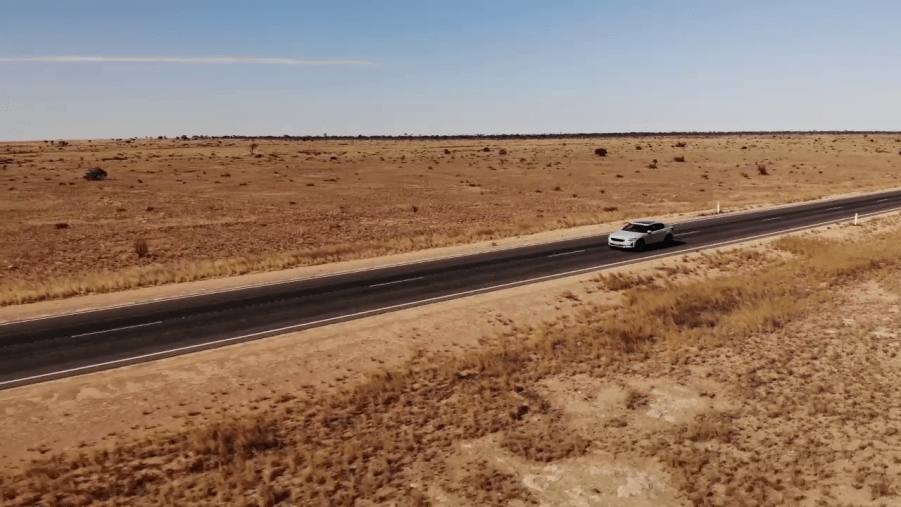
Australia Is Using Old Cooking Oil to Run a Fast Charger For EVs
Though an array of sources power electric vehicle charging stations in the US, the most common is natural gas. Yes, 40 percent of US charging stations use it, but everything from solar to the grid can be a source. But not old cooking oil. Not here, but in a special circumstance, old frying oil powers an electric vehicle charging station in a remote part of Australia.
The lonely Nullarbor Plain is a flat, treeless, desert of South Australia that makes up a large swath between Adelaide and Perth. Eyre Highway is an almost dead-straight road that was only paved its entire length by 1976. It runs through the southern portion of the plain, connecting Norseman to Port Augusta. At the western side of the highway is where the Caiguna Roadhouse, “hub of the universe,” is located.
The BiØfil EV fast charger is right in the middle of nowhere

And right across the street is where the BiØfil EV charging station can be found. The generator for the station uses old frying oil from the roadhouse to power things. It was chosen as a cheaper alternative to a solar-powered unit. According to Drive.au, it would have cost five times more to go with solar.
Why Caiguna? It’s roughly halfway between South Australia and Norsemen, exactly 370 km from each point. That’s a 720 km distance, or about 450 miles, which would be almost impossible to complete with current EV technology. So the Caiguna Roadhouse charger located halfway fixes that impediment.
“Turning a waste product into a CO2-neutral charging solution”

Polestar recently traversed the flat stretch. With the Polestar 2’s 540 km range or about 330 miles, it was a no-drama trek. That’s 450 miles with one quick charge in between. “To turn a waste product into a CO2-neutral charging solution, which connects Australian EV owners from the east with the west, is the sort of ingenuity that has led to so many Australian innovations,” Polestar’s managing director Samantha Johnson, told Drive.au.
Until now, it was more of a curiosity than a function of necessity. In the last five years Jon Edwards, who came up with the invention, says about five EVs a year made the trek. But with the publicity and increase in EVs, it’s expected to kick up a bunch. “There’s no way I would have done it before—sleeping in every roadhouse along the Nullabor is not my idea of fun,” one EV owner noted.
For those with range anxiety, knowing a fast charger is 225 miles ahead on a desolate stretch of highway should be no problem. Of course, it might be wise to call the roadhouse just to make sure it’s charging that day. You can leave in the morning, have a fast charge at the BiØfil, and some barbequed snags topped off with lamingtons at the roadhouse. Before you’re done, your EV is ready for the final stretch.



